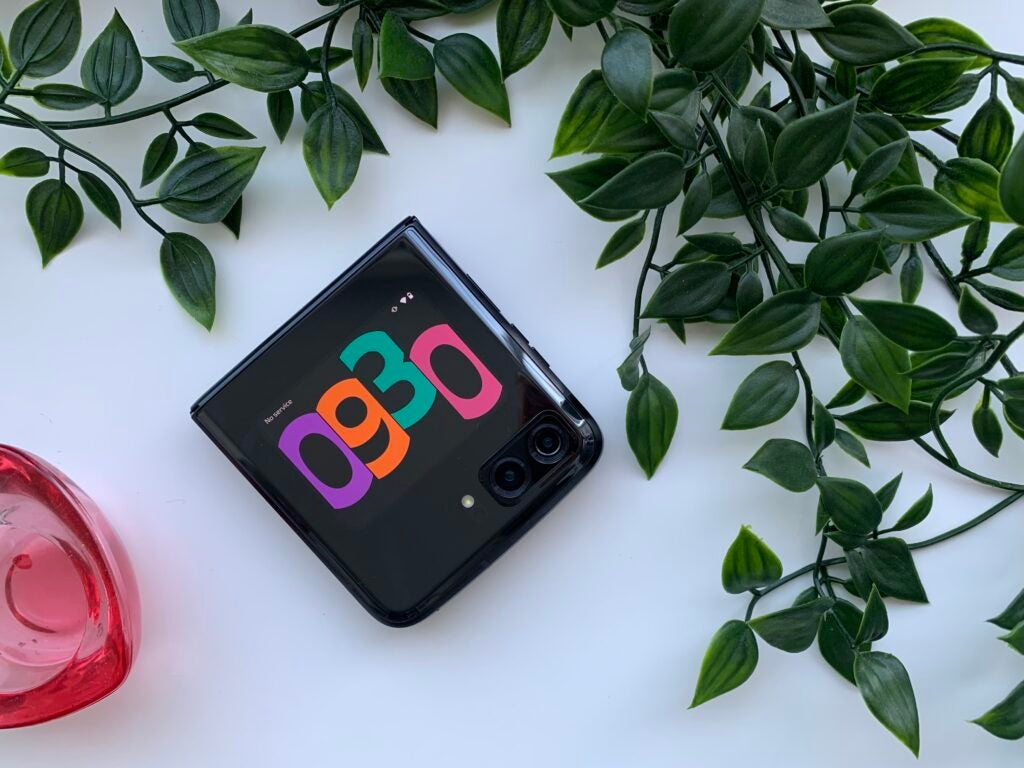Verdict
The Motorola Razr (2022) isn’t just a nostalgic take on the classic flip phone, it’s also a very capable smartphone with a flagship processor and a fantastic camera.
Pros
- Creaseless inner display
- Sharp, saturated photos
- Flagship Snapdragon processor
Cons
- Still no wireless charging
- Limited zoom capabilities
- Low IP rating
-
144Hz foldable displayWith a smaller Quick View screen -
Snapdragon 8+ Gen 1 processor8GB RAM and 256GB storage -
Dual cameras50MP and 13MP sensors along with support for 8K video -
3500mAh batteryWith 30W TurboPower fast charging
Introduction
Motorola made headlines for the first time in a long time in 2019 when it announced it would be reimagining its iconic Razr phone as not only a smartphone but as a foldable – a form factor that was still very fresh at the time.
Since then, Samsung has come out with its own modern take on the flip phone, and while the Z Flip series wasn’t brimming with the same nostalgia as the Razr, over four iterations it’s grown to be one of the best foldable phones around.
Three years on and it feels we’re overdue an update to the Razr. Now, Motorola has delivered a phone that sheds some of its nostalgia-driven design and mid-range specs for something that feels more akin to a true high-end smartphone.
Design and display
- The Razr has a 6.7-inch foldable display and a smaller Quick View screen
- Motorola has ditched some of its most Razr-esque features
- The phone is rated IP52 for water-repellence
While Motorola has given the Razr an all-round update for 2022, the foldable display is still the standout feature on the phone. Though, the design has changed a lot in three years.
While the Razr still has two screens – a bright 6.7-inch POLED folding inner display and a smaller 2.7-inch Quick View cover screen – Motorola has forgone a number of design elements that made it resemble 2004’s Razr V3. Instead, Motorola has opted to give the phone an updated look somewhere in between the Razr (2019) and Samsung’s Galaxy Z Flip 4.
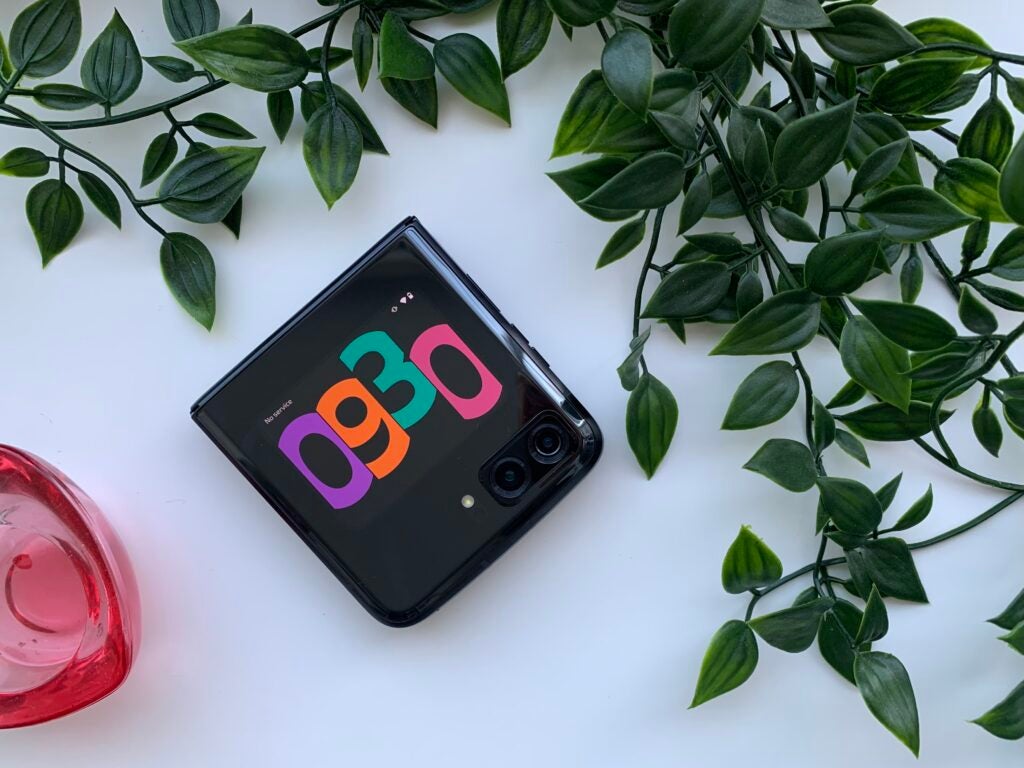
Fold the Razr with a satisfying clap and you’ll be confronted with the Quick View display. This smaller display is designed to be used to glance at notifications, control music playback and offer quick access to the camera. It comes with a game, but I wouldn’t recommend playing anything on the 60Hz display as it suffers a noticeable lag when compared with the larger 144Hz screen.
The centered camera that was reminiscent of the iconic Motorola ‘M’ has gone, as has the large chin at the bottom of the phone. The notch on the inner display has also been traded out for a less obtrusive punch-hole camera. While the new camera placement and the lack of chin more closely resemble Samsung’s flip phone, Motorola has chosen to retain the Razr’s large Quick View display over the Galaxy’s smaller cover screen.
It does feel as though Motorola has sacrificed some of the Razr’s nostalgia factor to allow the phone to better compete with other foldables and I think the changes were worth it. While the chin and the camera placement on the Razr (2019) brought back memories, I think I’d rather have a phone with practical features and a sleeker design if I’m paying close to a grand for it.
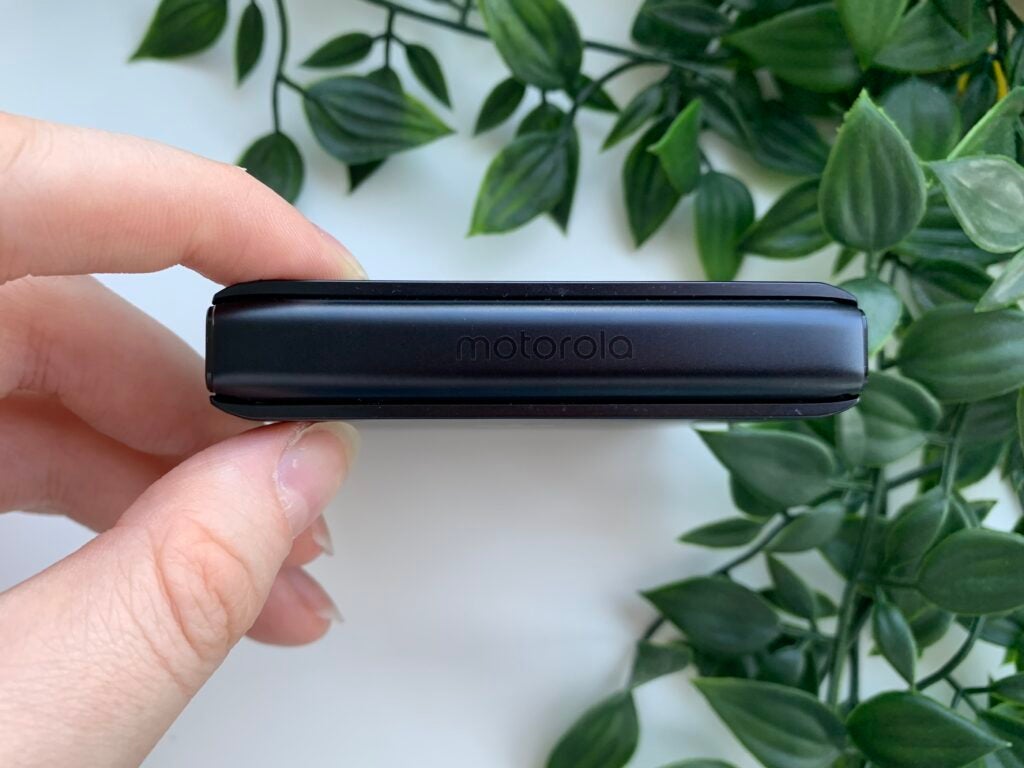
In our first impressions review of the Razr (2019), editor Max Parker noted that there was a slight slant to the upper portion of the display. While the screen on the Razr (2022) still doesn’t quite sit flush with the hinge, it does seem to have improved in this respect. There’s also no obvious crease when the phone is unfolded – something that cannot be said for the Z Flip 4.
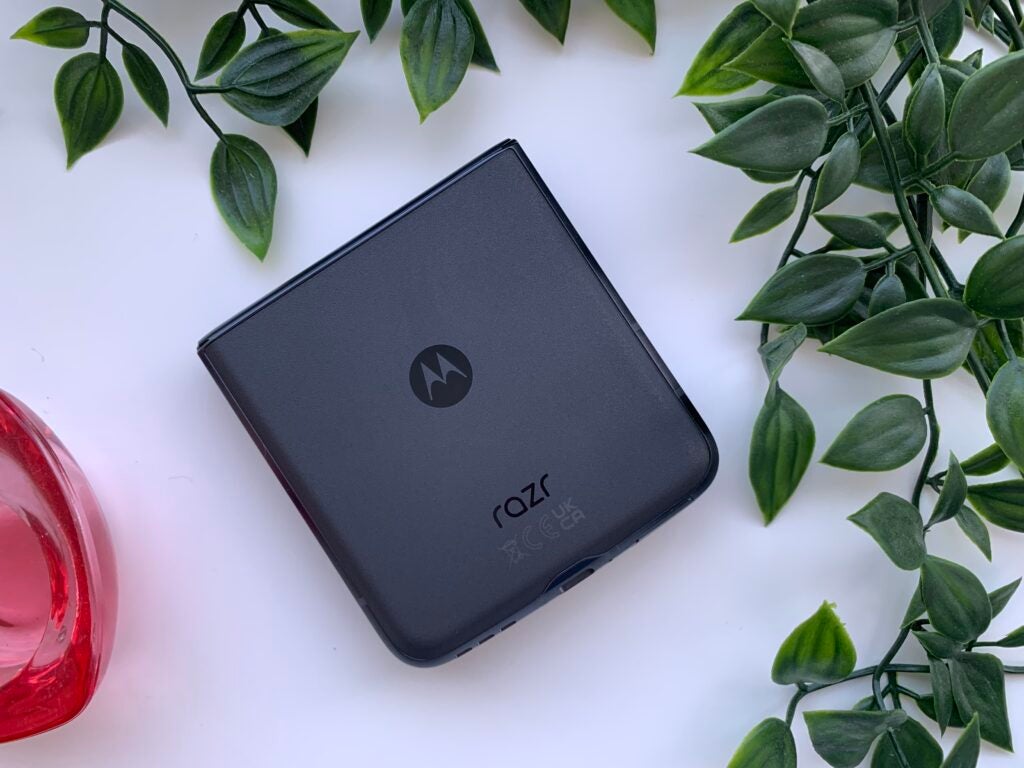
Durability is another area in which the Razr has seen improvements. Where the 2019 Razr had no IP rating, the 2022 model is certified IP52. This only makes the phone water-repellent so I wouldn’t recommend dropping it in the pool. It also falls behind Samsung’s foldables in this respect, but it’s nevertheless a step up from the 2019 handset.
The phone doesn’t feel overly fragile in the hand either, though a foldable newbie, I don’t know if the fear of closing the phone too hard and opening it to a cracked screen would ever fully leave me.
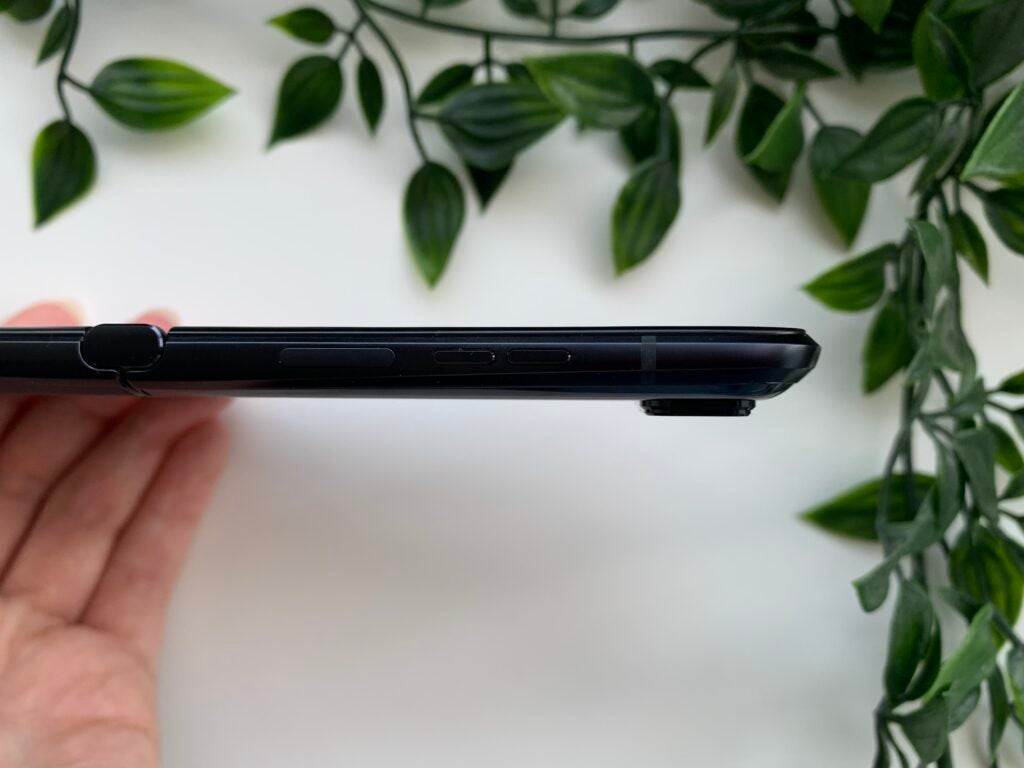
Lastly, the fingerprint sensor is now on the side – though there’s face unlock for those who prefer it.
I also found the outer part of the phone to be very prone to picking up fingerprints, but it does come with a hard case to protect it from smudges, along with any bumps or scratches.
Camera
- The Razr features a dual 50-megapixel camera
- It supports 8K video
- Images captured with the phone are sharp and punchy
The 16-megapixel single camera was not a point of focus on the Razr (2019), but the camera has been given a lot more attention this time around. In fact, Motorola claims the 50-megapixel dual camera on the Razr (2022) is the “most advanced camera seen in a flip phone”.
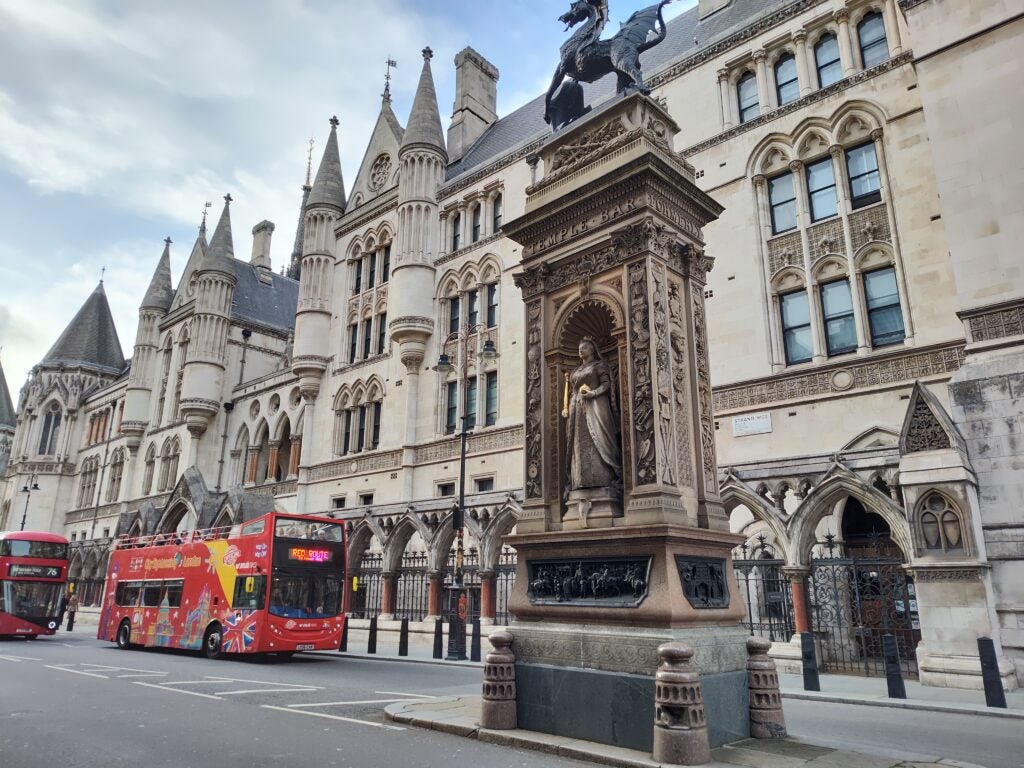
The camera consists of a 50-megapixel (f/1.8) main sensor with OIS and a 13-megapixel (f/2.2) ultra-wide/macro sensor with a 120-degree field-of-view. Features include an Ultra-Res mode, Night Vision, Group Selfie and Dual Capture, while the camera can also capture 8K video at 30fps or UHD at 60fps.

Foldable display aside, the camera might actually be my favourite aspect of this phone. I found images snapped with the main camera to be sharp and crisp and the colours vibrant and saturated. The result is photos that strike a good balance between realistic and stylistic.
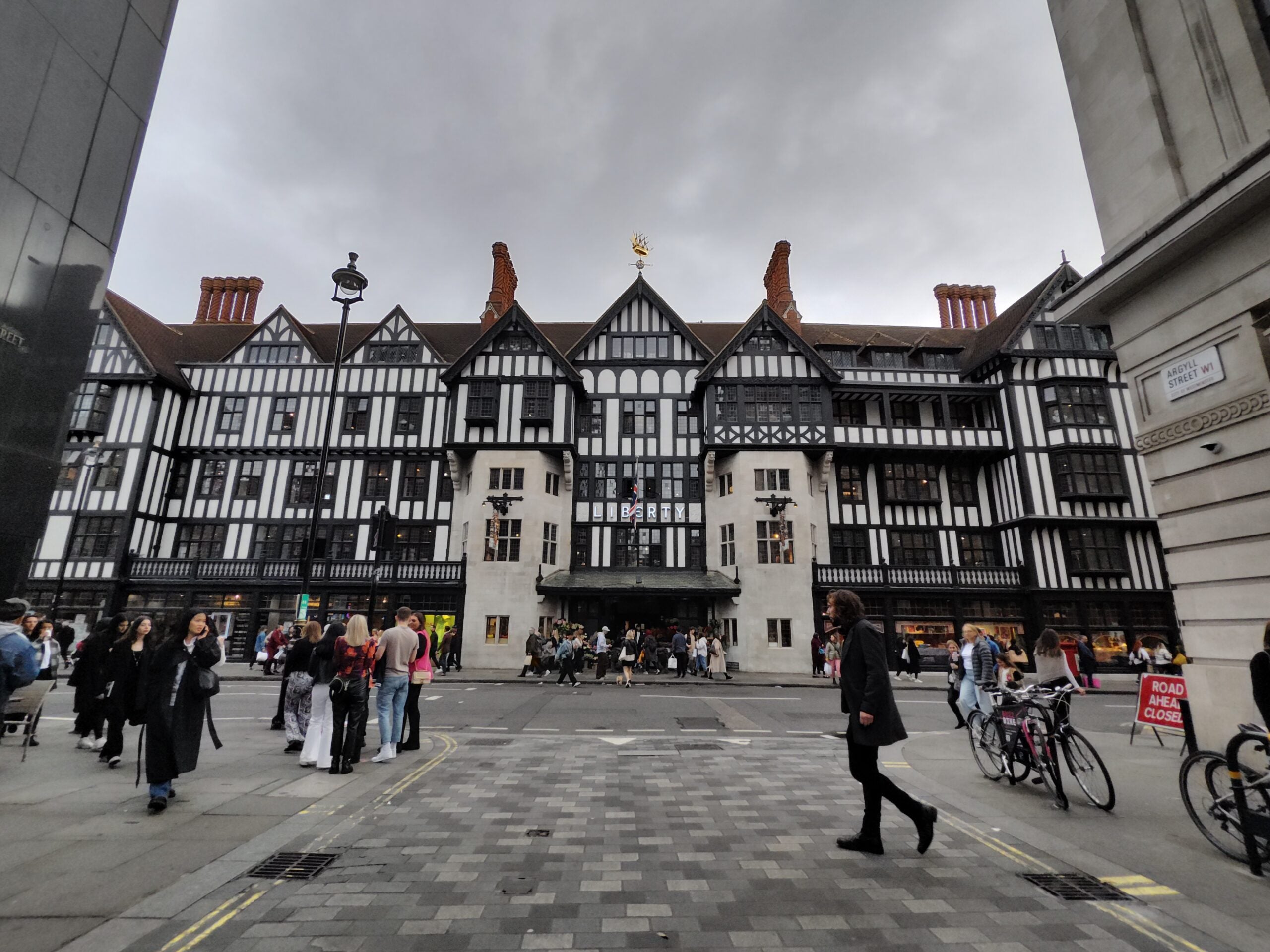
I did notice some deterioration in quality when using the ultra-wide lens, with the image losing some of its sharpness and brightness.
Images shot in the Macro mode are crisp and vibrant. Take shots from afar instead and the Razr supports up to 8x zoom. However, push past 4x and the photos see a major drop in quality.
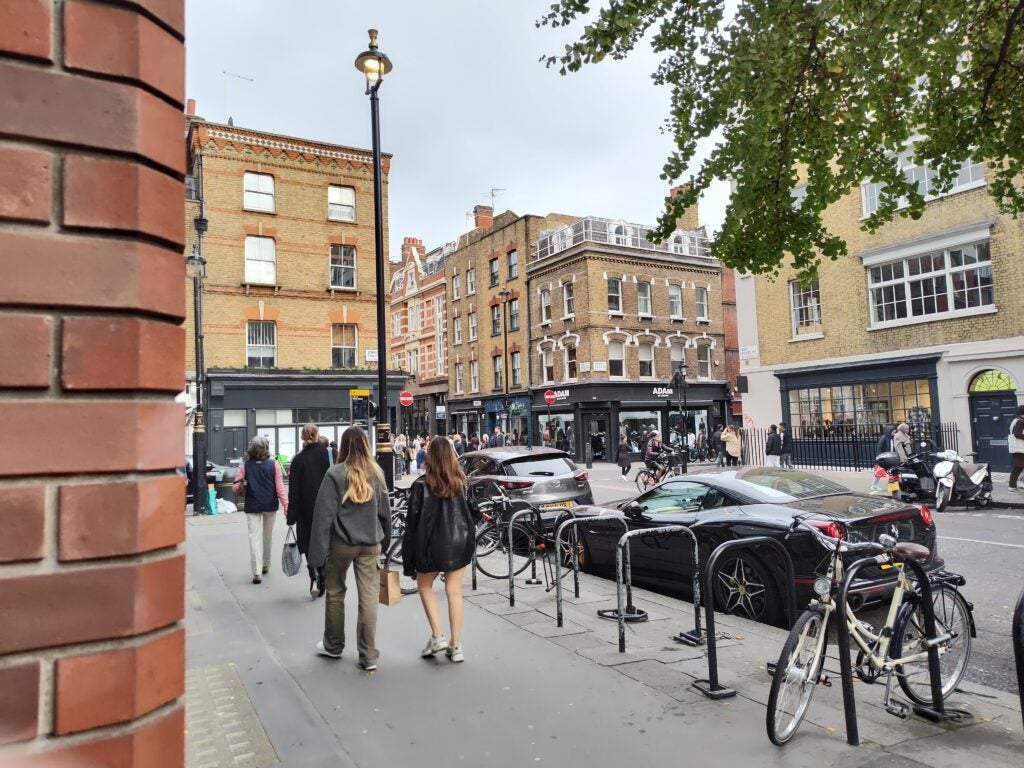
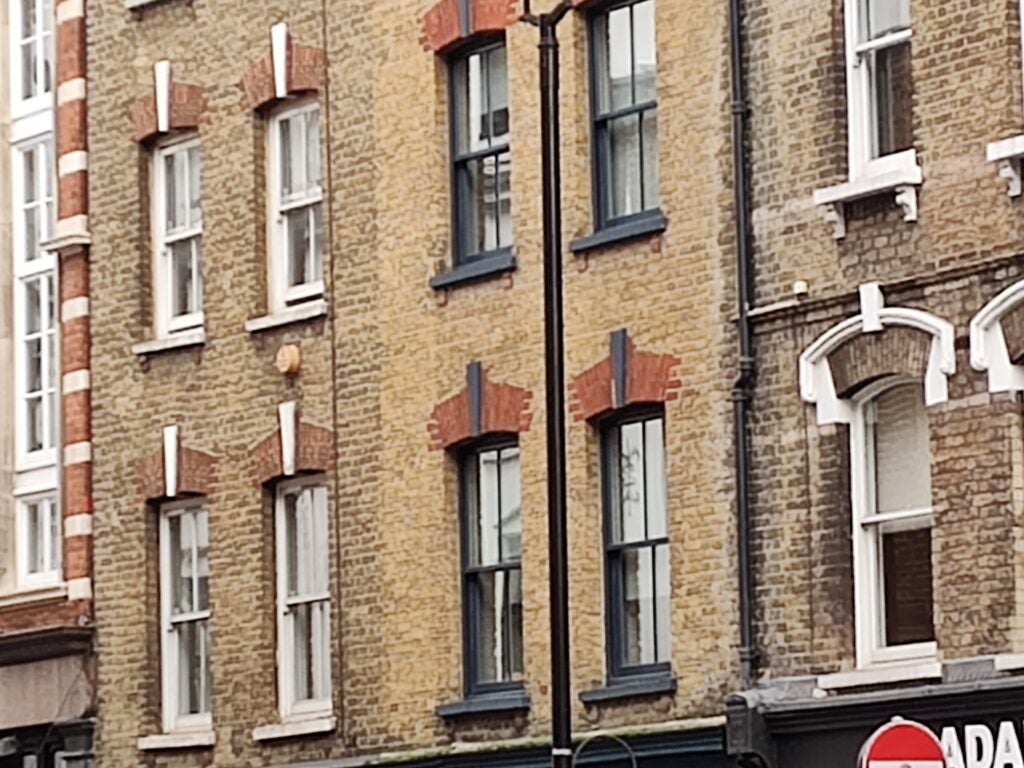
I was impressed by the rear camera’s low-light performance, with the Night Mode easily brightening up and fixing any issues I might have otherwise had with the camera in less-than-ideal lighting.
On the display, there’s a 32-megapixel (f/2.4) camera, which is also a huge upgrade from the tiny 5-megapixel one on the 2019 model. Though the Quick View display means you have the option to take selfies and join video calls using the higher resolution rear camera if you prefer.
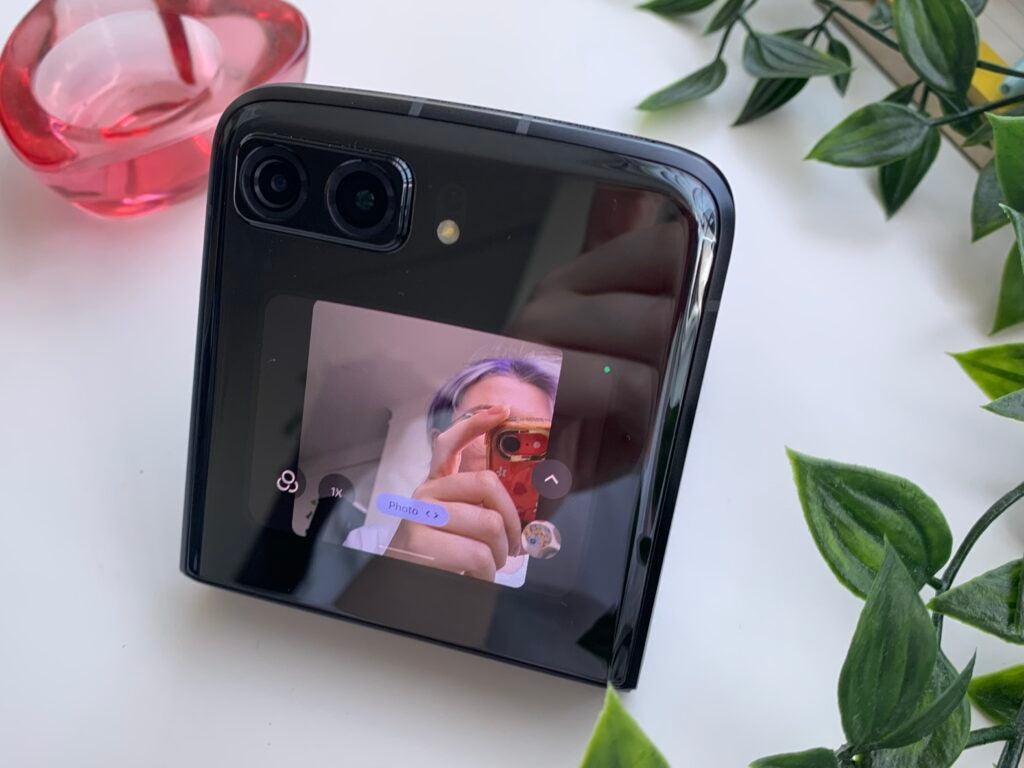
Taking snaps with the Quick View screen without getting your finger in them is definitely a practised skill. Still, both the punch-hole and rear cameras produced sharp and saturated selfies I would be happy to post on social media. However, the punch-hole camera definitely struggles more in low light.
Performance
- The Razr runs Android 12
- There is also a range of more Motorola-exclusive features
- The phone is powered by the Snapdragon 8+ Gen 1
As far as software goes, the Razr runs Google’s Android 12. This means it comes with all the usual app support and widgets you’d expect from Android and the Play Store. There are also a decent amount of customisation features to be found on the phone through both the settings and the Moto app.
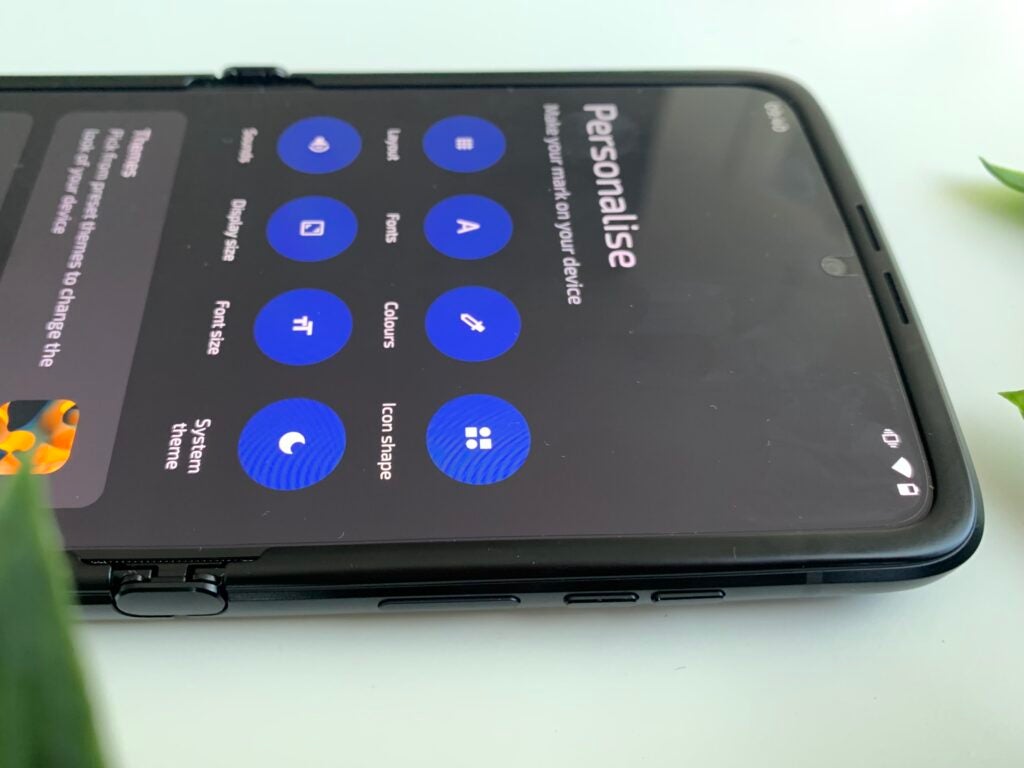
Aside from the themes and adjustments available in the Moto app, there are also gesture controls like Three-finger Screenshot, Lift to Unlock and the ability to open up the camera by shaking the phone twice.
There’s also Ready For – a Motorola feature that makes it possible to sync your phone with your TV or PC to edit documents, play games and join video calls on a bigger screen – built-in, as well as support for Dolby Atmos audio.
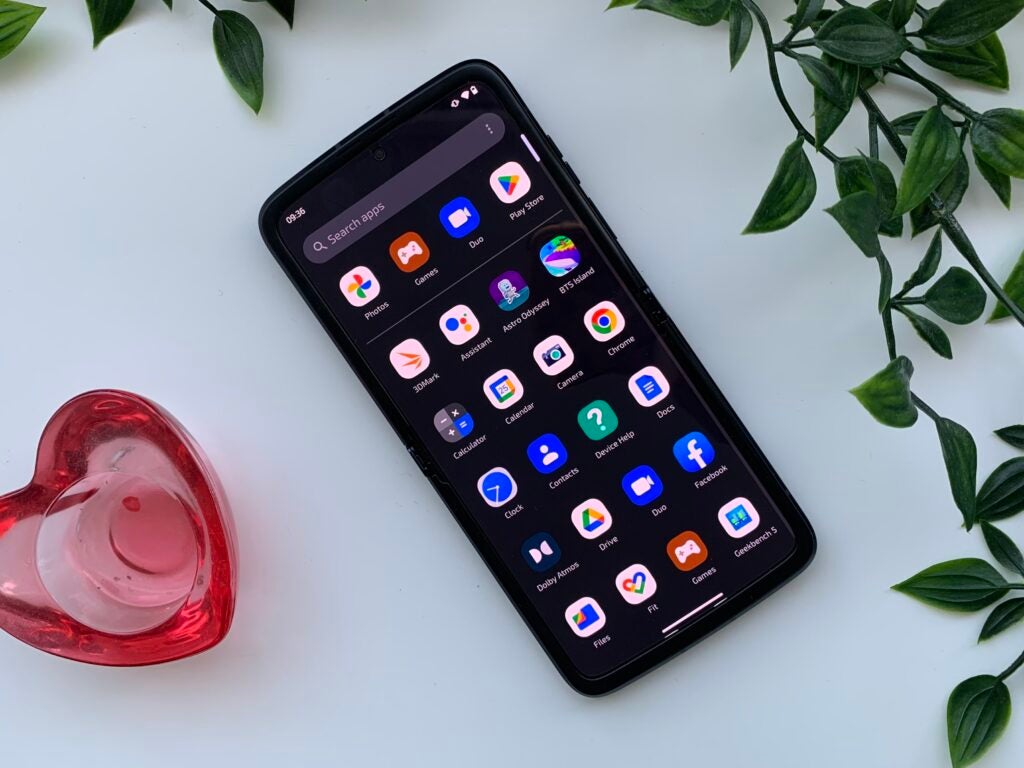
Like the camera, a flagship chipset wasn’t a priority for the 2019 Razr. The phone was kitted with the mid-range Snapdragon 710 chipset with 6GB of RAM and no 5G support.
Thankfully, that has changed with this year’s update. The Razr (2022) is powered by the Snapdragon 8 Plus Gen 1 processor with 8GB of RAM and 5G support.
I put the phone through a number of benchmarking tests and found that the CPU achieved a multi-core score of 3987 on Geekbench 5, while the GPU managed a score of 10,148 during the 3DMark Wild Life Stress Test.
To put that into perspective, that’s just higher than the 3656 multi-core score the Z Flip 4 received on Geekbench 5, but lower than the 4543 and 5491 scores the iPhone 14 and iPhone 14 Pro respectively got during the same benchmarking test.
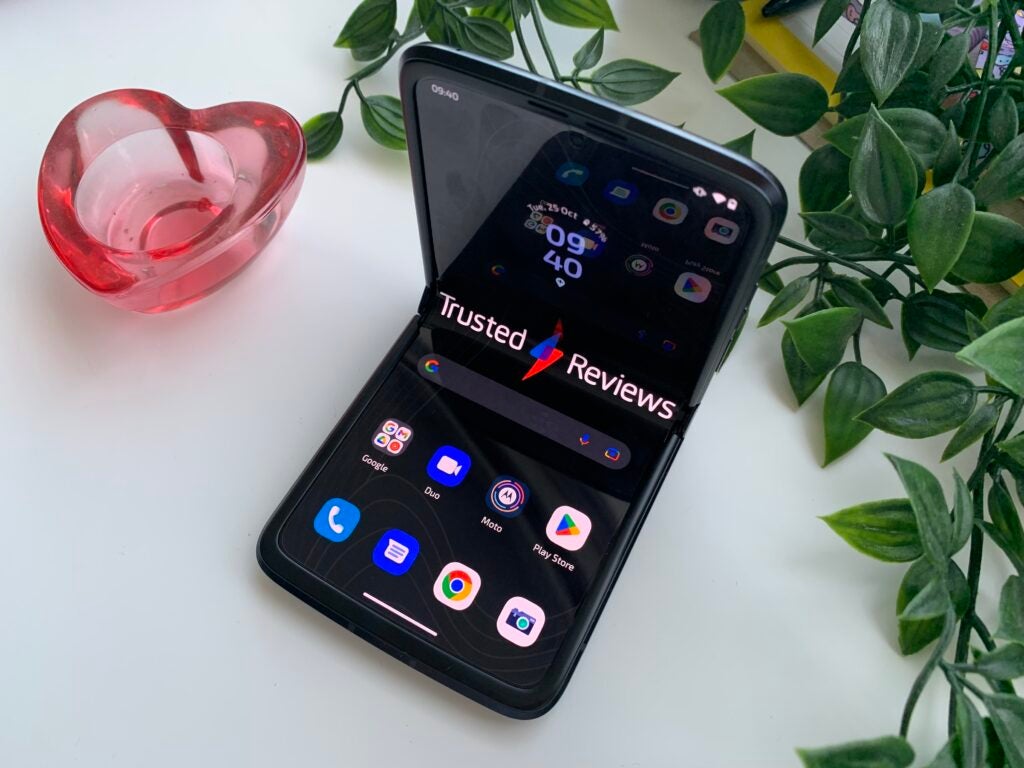
In my real-world use, I found the performance to be smooth and snappy with no lag or noticeable issues while browsing, streaming or gaming. That is, as long as I did so on the main display and not the Quick View screen which I came to find isn’t really designed to handle much beyond receiving notifications, snapping pics and very basic functions.
One interesting update for 2022 is the return of the physical SIM tray. Motorola has gone the opposite way to Apple this year and actually brought back the physical SIM after doing away with it on the 2019 Razr.
Battery life
- There’s a 3500 mAh battery that can last all day
- The phone supports 30W fast charging
- There’s still no wireless charging
Another key update on the Razr (2022) is its larger battery and faster charging – at least in comparison to the 2510 mAh battery and 15W charging found on the 2019 model.
The Razr now has a 3500 mAh battery with support for 30W TurboPower charging, which I found to be very speedy, though not as fast as the SuperVOOC charging found on some Oppo, OnePlus and Realme phones.
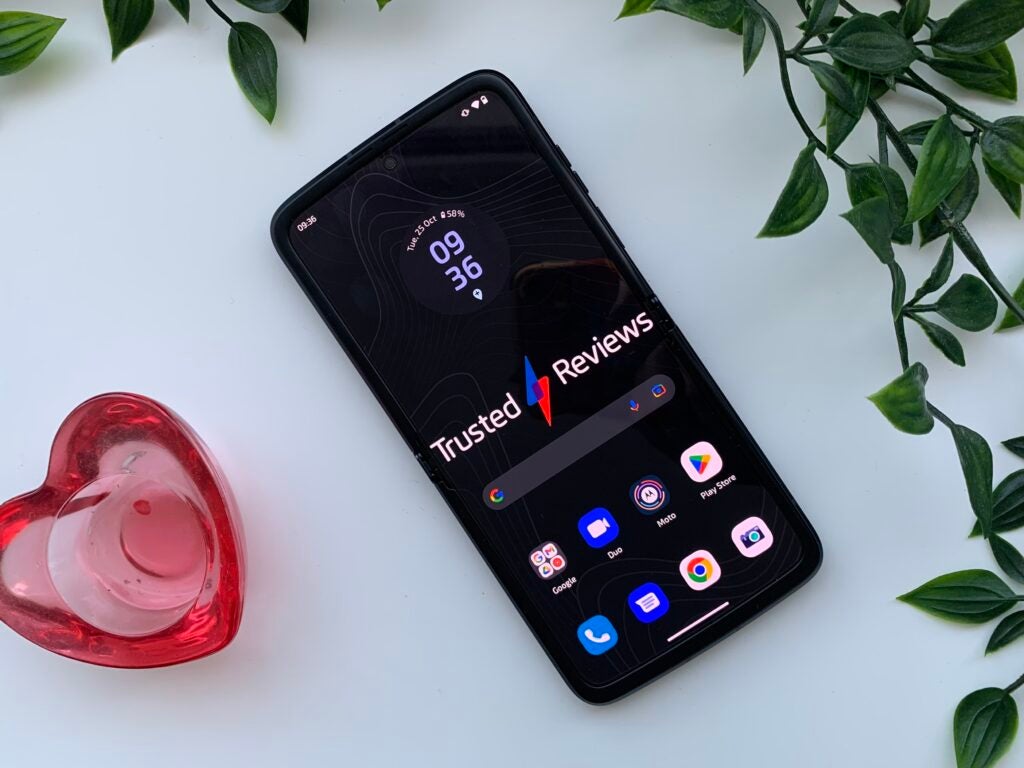
I tested the battery while streaming 1080p videos on YouTube to test how long it would last and found the battery dropped around 10% every hour doing this. The phone hit 90% in just over 1 hour, 80% in 2 hours and 11 minutes and 70% in exactly 3 hours.
At this rate, the phone should last 10 hours with this more intensive use or longer with more light use. For example, I found the phone easily lasted a day when using it to browse the web and snap photos around central London.
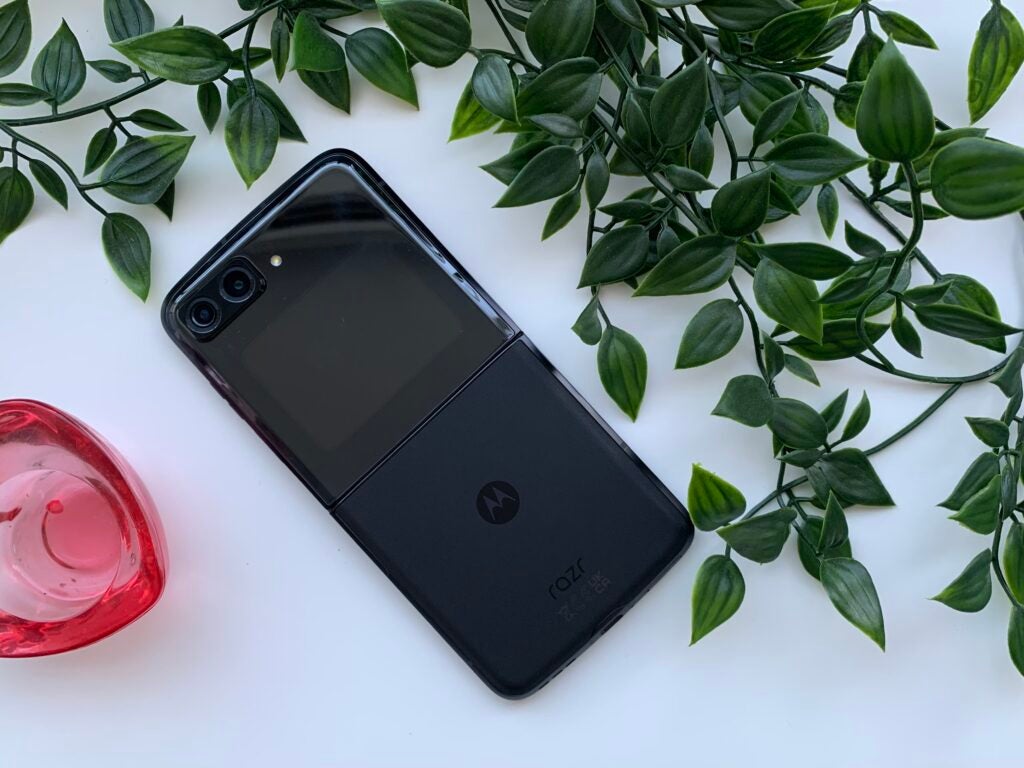
Despite the updates in battery life and fast charging, one feature still missing is wireless charging. During the press briefing, a representative for Motorola explained that the company chose to prioritise fast charging and keeping the device pocketable over adding the feature.
I don’t think this was necessarily a bad choice, but it would have been good to see wireless charging on board as this has become a standard many have come to expect among high-end phones these days.
Should you buy it?
You want a foldable that feels like a flagship phone: The Razr has dropped some of its more novelty features in 2022, prioritising improvements to its camera, battery and chipset. It’s still very pricey, but the Razr (2022) feels significantly more like a £1000 phone than its predecessor did.
You want to zoom in close: While the rear camera has seen substantial improvements this time around, it still can’t compete with some of our favourite camera phones, including the zoom on the Samsung Galaxy S22 Ultra.
Final Thoughts
This isn’t just an incremental update for Motorola. The Razr has experienced some major changes for 2022, ditching some of its more nostalgia-driven design details and delivering improvements to the camera, battery and processor.
There’s still no wireless charging and the camera has a few drawbacks when it comes to the ultra-wide lens and its zoom capabilities. The IP rating is also quite low, meaning this phone might not be as waterproof as you’re used to. However, I wouldn’t let these drawbacks stop you from considering the Razr.
If you were hesitant to buy a foldable when the Razr dropped in 2019, this is the update that could change your mind.
FAQs
The phone includes a 3500 mAh battery, along with support for 30W TurboPower charging.
The Razr has two rear cameras (50-megapixel and 13-megapixel) and one front camera (32-megapixel).
The foldable has two displays. The inner display has a 144Hz refresh rate, while the smaller outer display is limited to 60Hz.
Sustainability
TrustedReviews’ holds the fact that global warming is not a myth as a core value and will continuously endeavor to help protect our planet from harm in its business practices.
As part of this mission, whenever we review a product we send the company a series of questions to help us gauge and make transparent the impact the device has on the environment.
We currently haven’t received answers to the questions on this product, but will update this page the moment we do. You can see a detailed breakdown of the questions we ask and why in our sustainability info page.
Jargon buster
IP rating
An abbreviation for ‘Ingress Protection Code’, which lets you know to what extent a device might be waterproof or dustproof.
HDR10+
HDR10+ is a HDR format supported by Panasonic and Samsung as a free to use, open platform alternative to Dolby Vision. It adds dynamic metadata on top of the core HDR10 signal that tells a TV how it should adjust the brightness, colours and contrast of content for the most optimal picture quality.
mAh
An abbreviation for milliampere-hour and a way to express the capacity of batteries, especially smaller ones in phones. In most cases the higher the mAh, the longer the battery will last but this isn’t always the case.
Dolby Atmos
Dolby Atmos is an object-based audio format. It expands on 5.1 and 7.1 soundtracks by adding overhead channels. Sounds are referred to as “audio objects”, of which there can be up to 128 audio channels, and these ‘objects’ can be accurately positioned within a 3D soundscape. This allows soundtracks that support the technology to place sounds above and around the listener with compatible kit.

